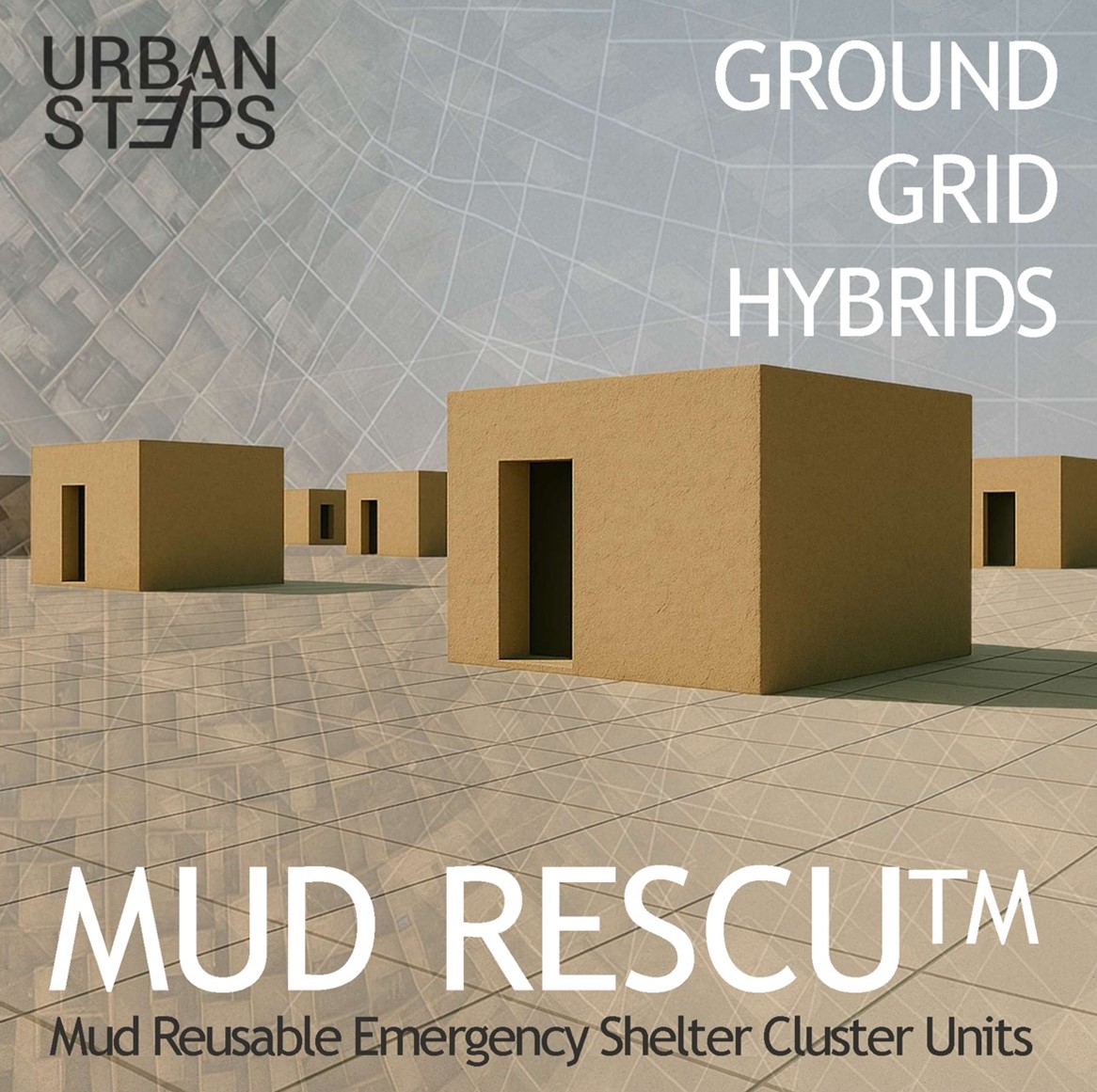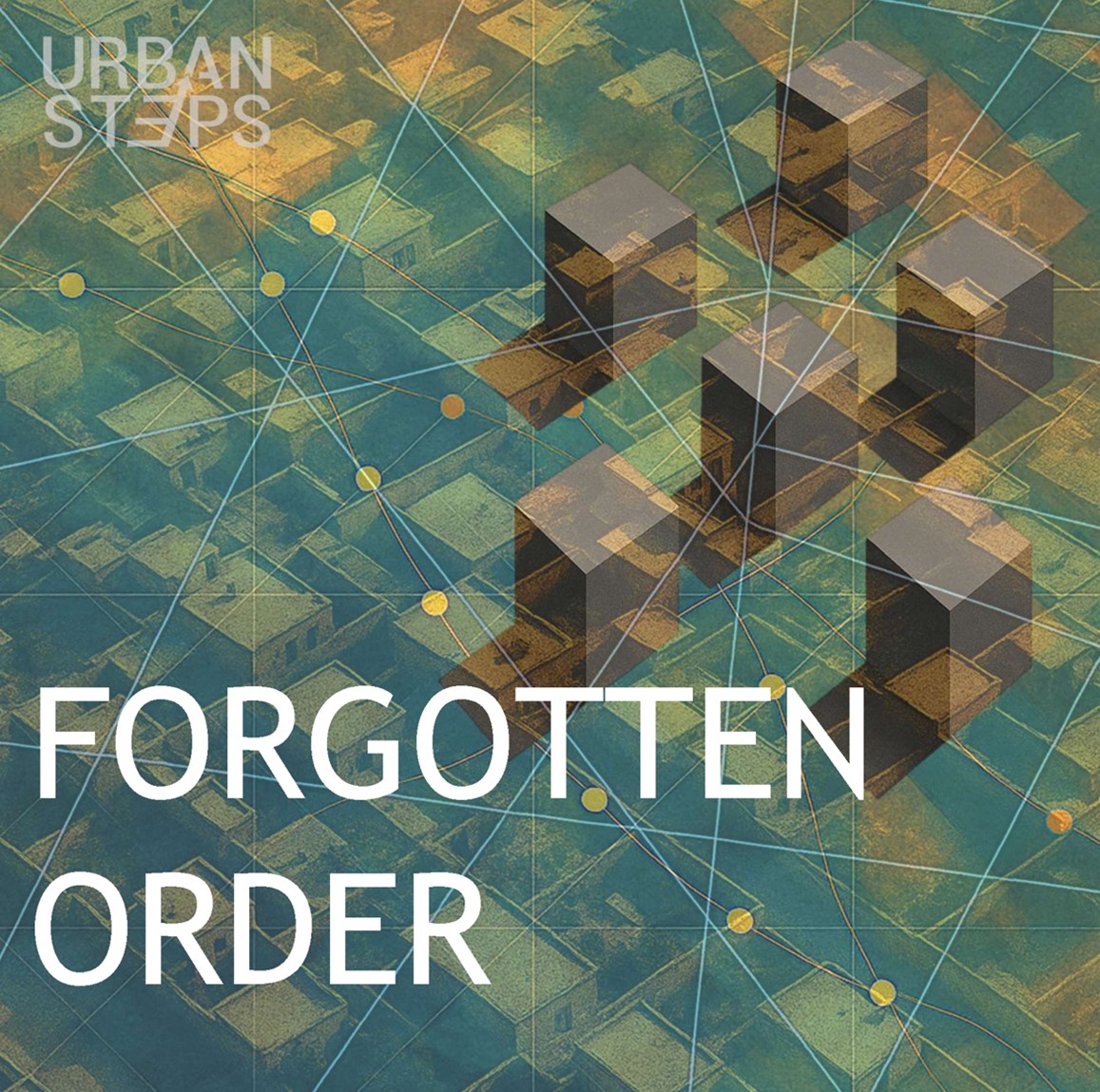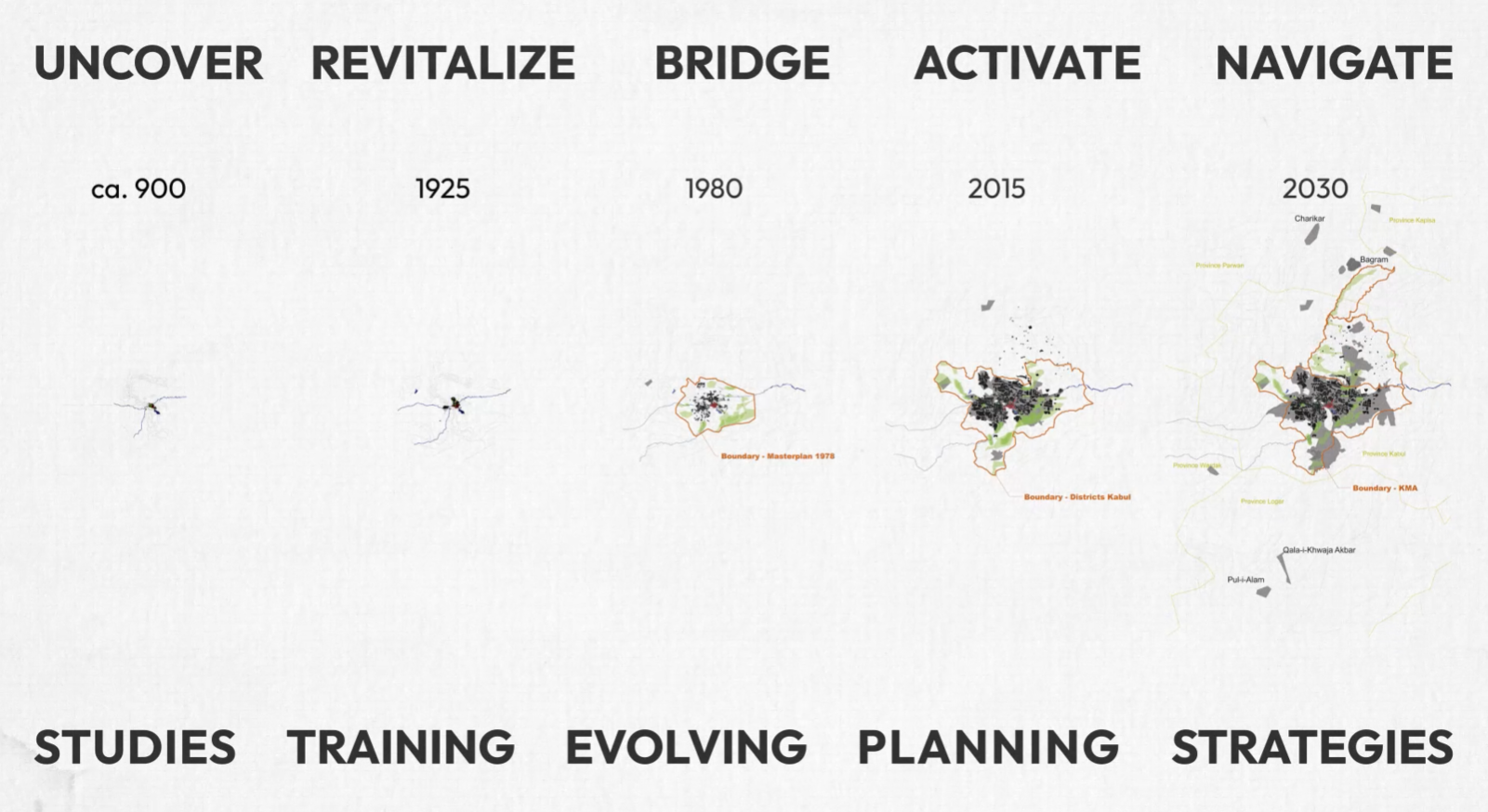
Ground Meets Grid
Ground Meets Grid
URBAN LAYERS III
Between Ground and Grid
Most cities do not begin on blank slates. They unfold
over time through lived practices, improvisations, and self-organization—the
Ground. At the same time, they are shaped by laws, plans, and
infrastructure—the Grid.
Even where cities are conceived as blank slates, drawn
entirely from masterplans, the Ground eventually asserts itself: in unplanned
uses, informal economies, and everyday negotiations that no blueprint can fully
control.
Both are necessary. Both are fragile. Where one
dominates without the other, cities collapse into either chaos or rigidity.
Why the Ground Matters
The Ground is not only soil or foundation. It is the
sum of relationships:
- shared courtyards and informal markets,
- unspoken rules of neighborhood solidarity,
·
adaptive structures that emerge without masterplans.
The Ground offers resilience, flexibility, and
cultural continuity. Yet it also raises questions: How stable can it remain
under pressure? How equitable are the rules it sustains? Where does adaptation
end and exclusion begin?
Why the Grid Matters
The Grid is more than streets and zoning codes. It is
the framework that seeks order:
- infrastructure for water, transport, and energy,
- regulations that protect safety and rights,
·
long-term strategies for collective needs.
The Grid promises stability and protection. But it,
too, carries questions: Whose needs does it serve? What gets lost when
difference is standardized? At what point does structure become rigidity?
The Tension
Every city reveals the friction between Ground and
Grid. Informal practices grow alongside formal plans; lived memory collides
with standardized order; adaptation and regulation constantly test each other’s
limits.
This tension is instructive: it shows us not only what
cities have been, but what they might become. The question is not Ground or
Grid, but what happens in the space where they meet.
What We Need: Hybrids
What we need is not a blueprint, but a space of
negotiation.
A strategic place where Ground and Grid intersect—
where order does not erase memory,
where improvisation does not collapse into fragility,
where structure bends without breaking,
and life can unfold without being reduced to code.
It is in this unsettled middle ground that
responsibility begins to take shape.
Concluding Note
This essay is part of the Urban Layers series, where
we trace how cities remember, adapt, and reorganize themselves under pressure.
Ground Meets Grid follows on from Urban Layers I: Mapping the City and Urban Layers II: Memory of
the City, and opens the way toward our next reflections.
What Comes Next
·
Forgotten
Order
What lies ahead are explorations of threads that
continue to ask how cities can be resilient not by erasing difference, but by
negotiating it.
→ Learn more in our
Glossary ofCritical Urban Terms
Join the dialogue. Shape the
strategy. Walk the ground.



